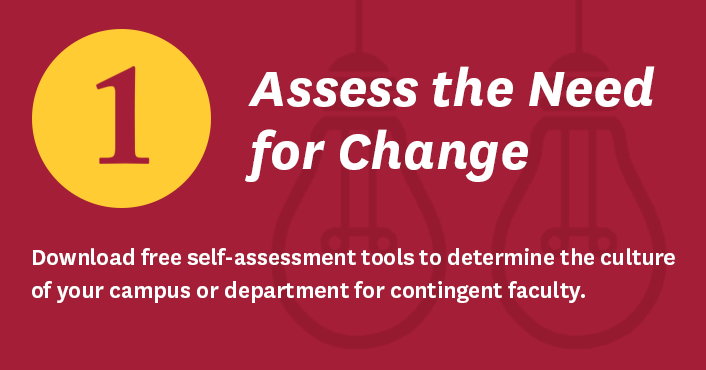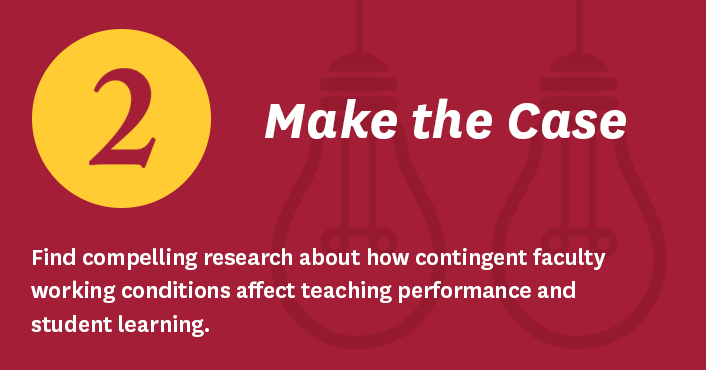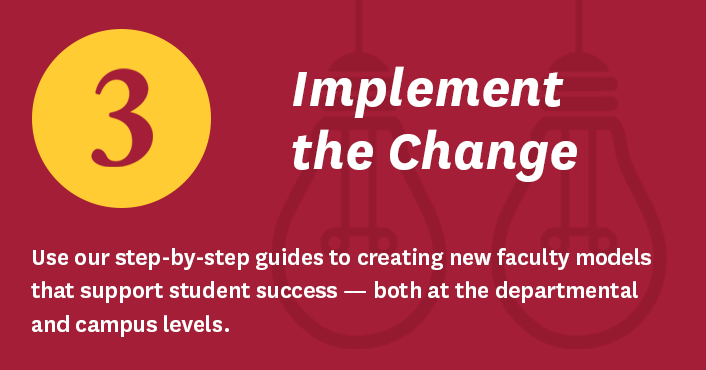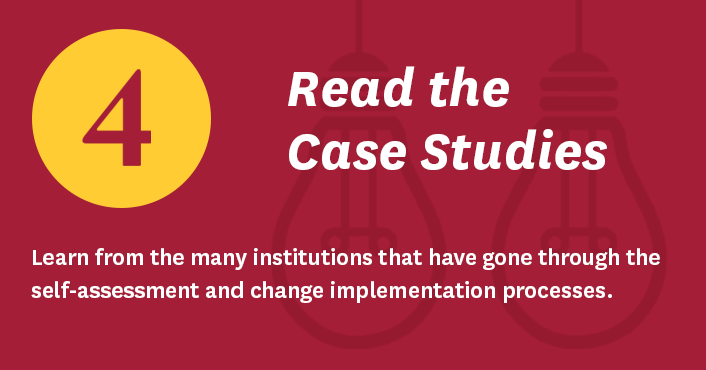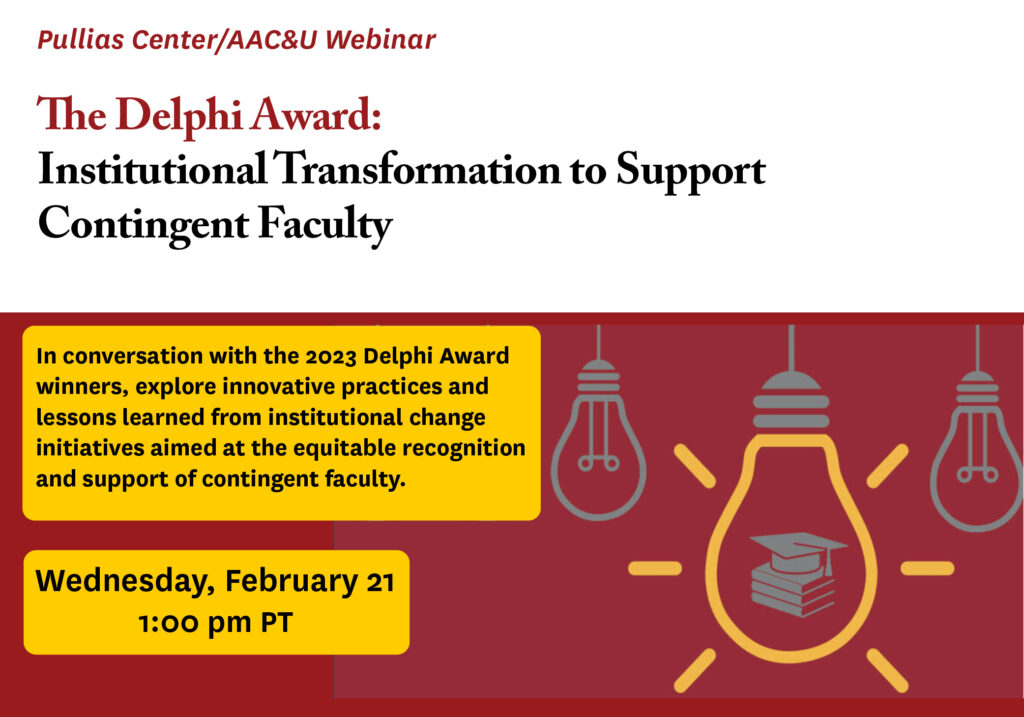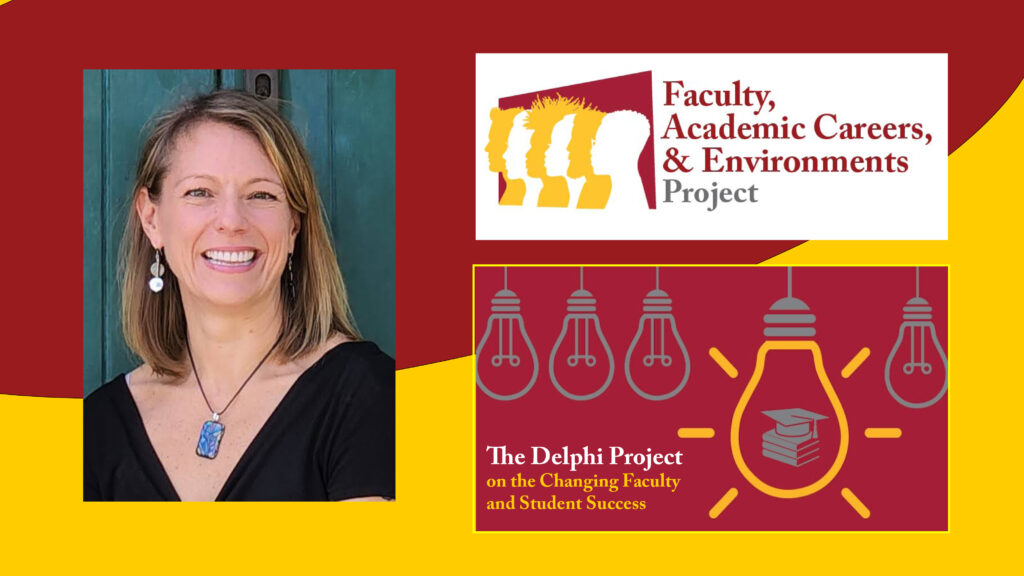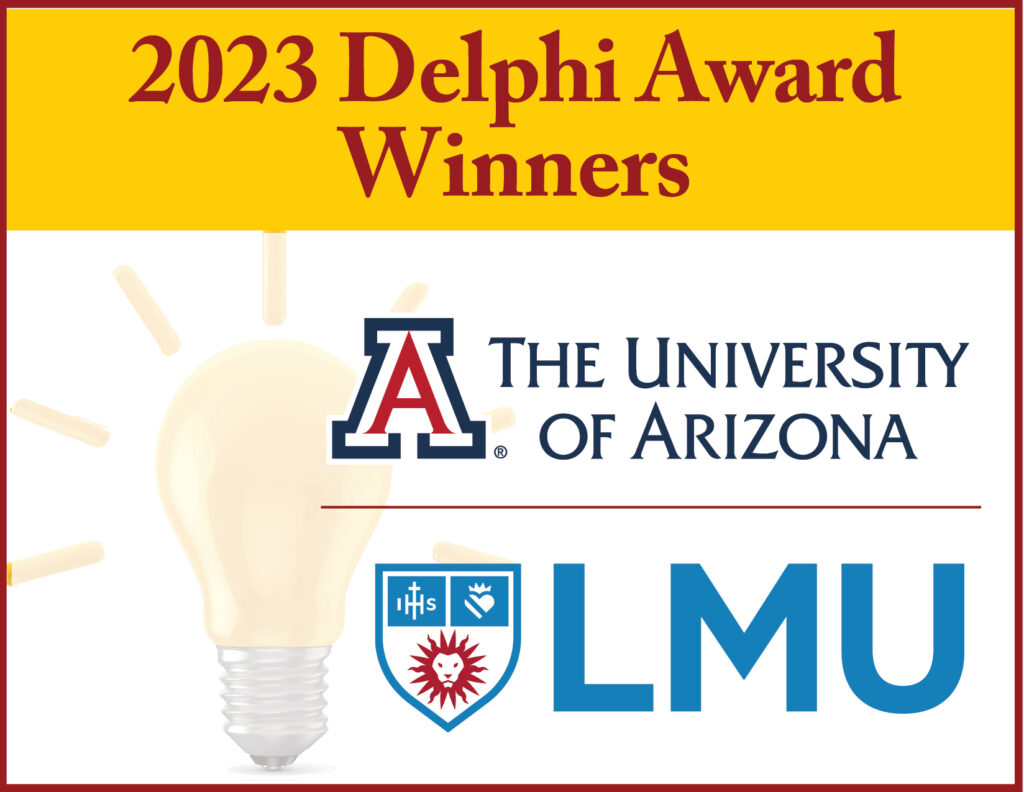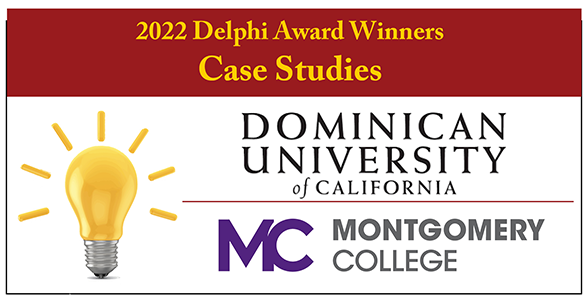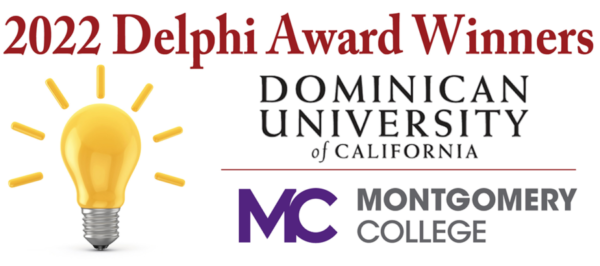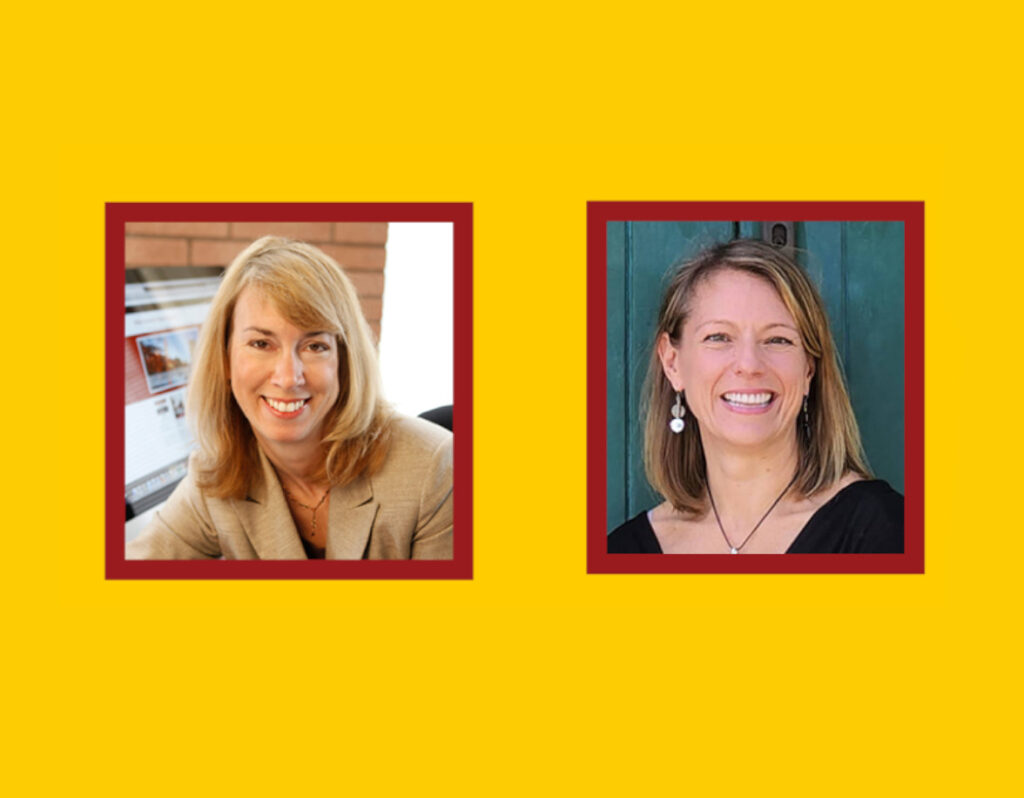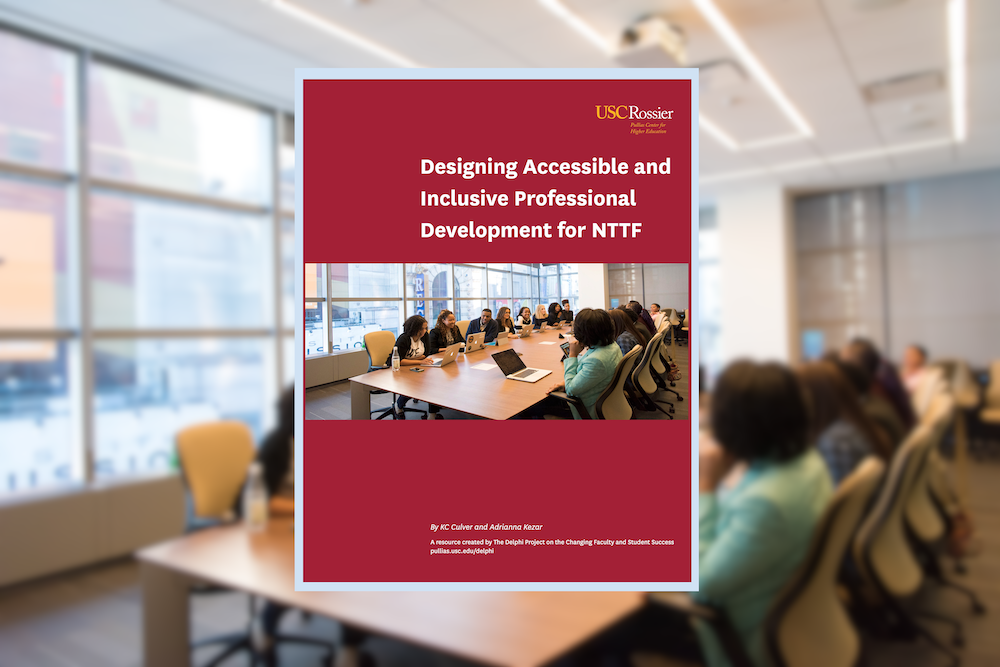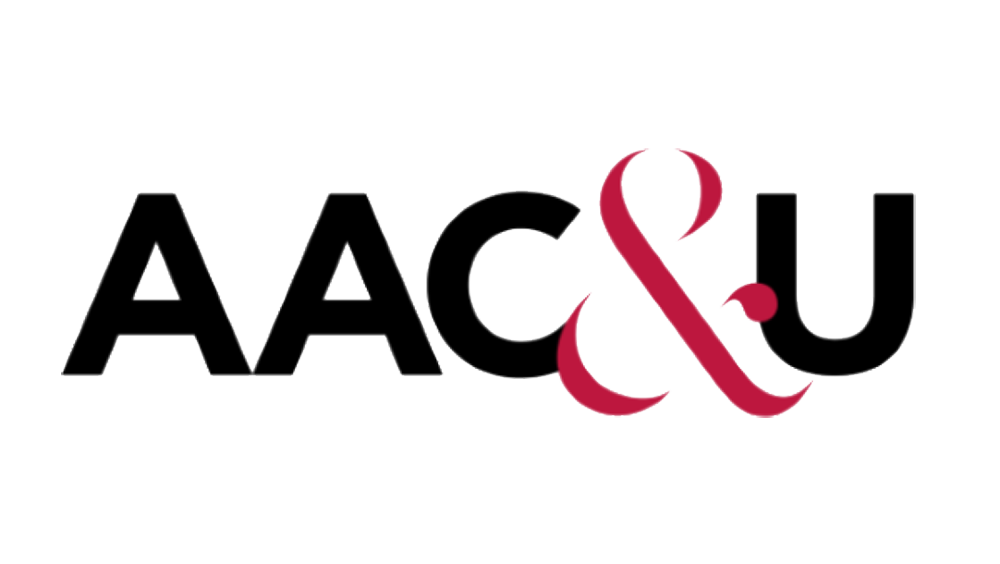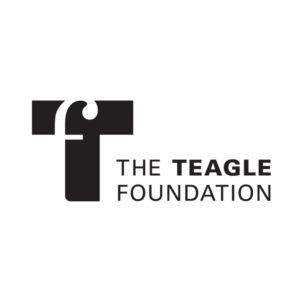
Description
The Delphi Project is dedicated to enhancing awareness about the changing faculty trends using research and data to better support faculty off the tenure track and to help create new faculty models to support higher education institutions in the future. An initiative of the Pullias Center for Higher Education at the University of Southern California, the Delphi Project works in partnership with the American Association of College and Universities (AAC&U). Since its inception in 2012, the Project has received generous funding from the Spencer Foundation, the Teagle Foundation, the Carnegie Corporation of New York, and the TIAA Institute.
About
The Pullias Center initiated the Delphi Project in 2012 to support a better understanding of the factors that led to this fundamental shift in the higher ed workforce, and the impact this shift is having on teaching, learning and student success. With the Project, our researchers conduct original research on contingent faculty — also known as Visiting, Instructor, Temporary, Adjunct and Lecturer or 'VITAL' faculty —and produce important resources for use by leaders on campuses and among higher education organizations.
Our goal? To create a better understanding of VITAL faculty working conditions and the implications for student learning toward promoting change.
Tools & Resources
Delphi Project Publication Search
Project News
Project Team
Adrianna Kezar
Director of the Delphi Project
Professor, USC
KC Culver
Associate Director of the Delphi Project
University of Alabama
Natsumi Ueda
Research Assistant, USC
Jordan Harper
Morgan State University
Partner
The American Association of Colleges and Universities AAC&U is the leading national association dedicated to advancing the vitality and public standing of liberal education by making quality and equity the foundations for excellence in undergraduate education in service to democracy. Its members are committed to extending the advantages of a liberal education to all students, regardless of academic specialization or intended career. Founded in 1915, AAC&U now comprises 1,400 member institutions — including accredited public and private colleges, community colleges, research universities, and comprehensive universities of every type and size.
Funder
The Spencer Foundation is committed to investigating ways in which education, broadly conceived, can be improved around the world. From the first, the Foundation has been dedicated to the belief that research is necessary to the improvement in education. The Foundation is thus committed to supporting high-quality investigation of education through its research programs and to strengthening and renewing the educational research community through its fellowship and training programs and related activities.
The Teagle Foundation works to support and strengthen liberal arts education. The foundation’s aim is to serve as a catalyst for the improvement of teaching and learning in the arts and sciences while addressing issues of financial sustainability and accountability in higher education. The Teagle Foundation supports innovation in curriculum, pedagogy, and assessment with an eye towards combining improvements in quality with considerations of cost.
The TIAA Institute helps advance the ways individuals and institutions plan for financial security and organizational effectiveness. The Institute conducts in-depth research, provides access to a network of thought leaders, and enables those it serves to anticipate trends, plan future strategies and maximize opportunities for success. To learn more about our work and engage with our community of thought leaders, please visit our website at www.tiaainstitute.org and follow us on Twitter at @TIAAInstitute.

National Science Foundation‘s mission is to advance the progress of science, a mission accomplished by funding proposals for research and education made by scientists, engineers, and educators from across the country. This project is funded from the Improving Undergraduate STEM Education program within the Department of Undergraduate Education of the National Science Foundation, under Grant No. NSF DUE-1914784
National Science Foundation‘s mission is to advance the progress of science, a mission accomplished by funding proposals for research and education made by scientists, engineers, and educators from across the country. The “Understanding Faculty, Academic Careers, and Environments in Service of Equity (FACE)” project is funded from the NSF’s EHR Core Research program within the Division of Human Resource Development of the National Science Foundation, under Grant No. NSF 2200769.


